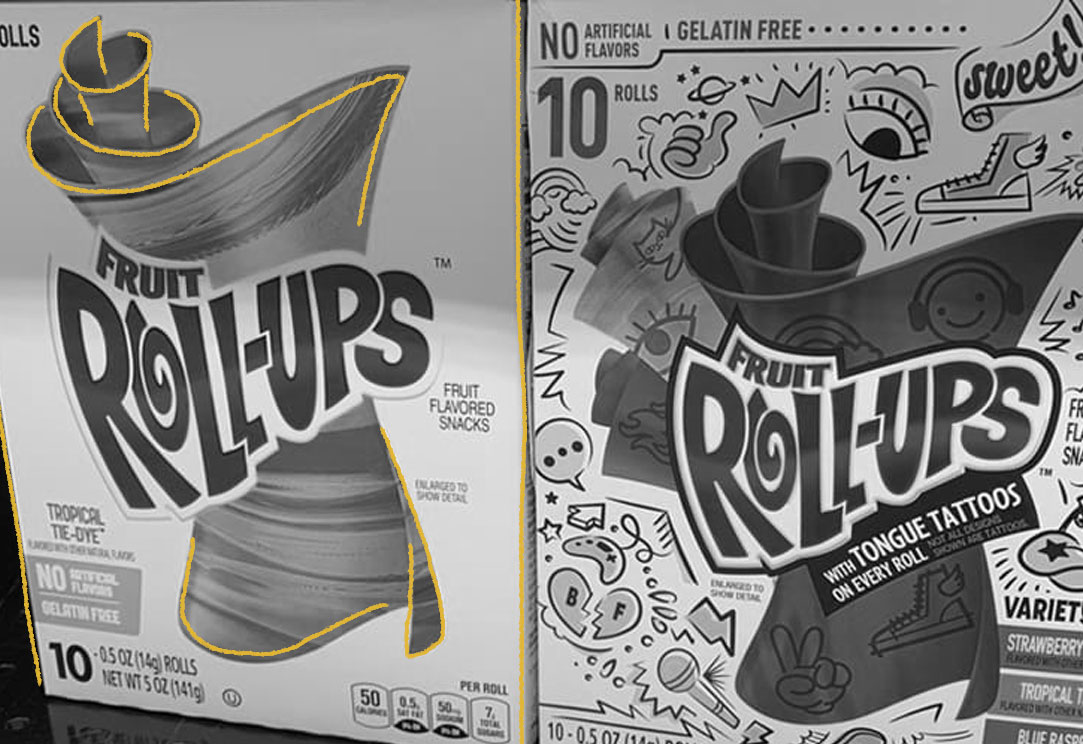Fruit Roll-Ups were introduced by General Mills in 1983, but their roots go back much further. In the early 1900s, George Shalhoub – a grocery store proprietor who was part of a small community of Syrian immigrants in New York City — began importing an apricot paste from Syria that came in massive sheets. He would routinely snip off a slice and offer the “fruit leather” called amardeen to customers. Shalhoub’s business relocated to Brooklyn in the 1940s, and eventually his grandson, Louis, decided to sell the crushed, dried apricot “fruit leather” in individually packaged servings. This led to a new business called Joray. In fact, it was Joray that sold the first commercial "fruit roll-up" in 1960. In the early 1970s, a trade publication detailed the family’s process and product, and other companies reacted by making their own versions of the treat. Sunkist was one of the early adopters, but it was General Mills, with their massive marketing power and infrastructure, that successfully popularized an extremely processed, sugary version of the treat in the form of Fruit Roll-Ups. Today, they’re often found in children’s lunchboxes and are a popular snack. (If you’re curious, Joray still offers a kosher, less processed version of fruit roll-ups, which they call simply, Joray Fruit Rolls.)

Your go-to guide for weird history facts
Subscribe to the FREE daily email that makes learning about history fun.


